Diamond Fluorescence
Diamond fluorescence? A question that often comes up
It is a subject that is poorly understood, poorly explained, and therefore often avoided. For ease of use and to meet the demand for quality diamonds, "we" prefer diamonds called "without fluorescence"
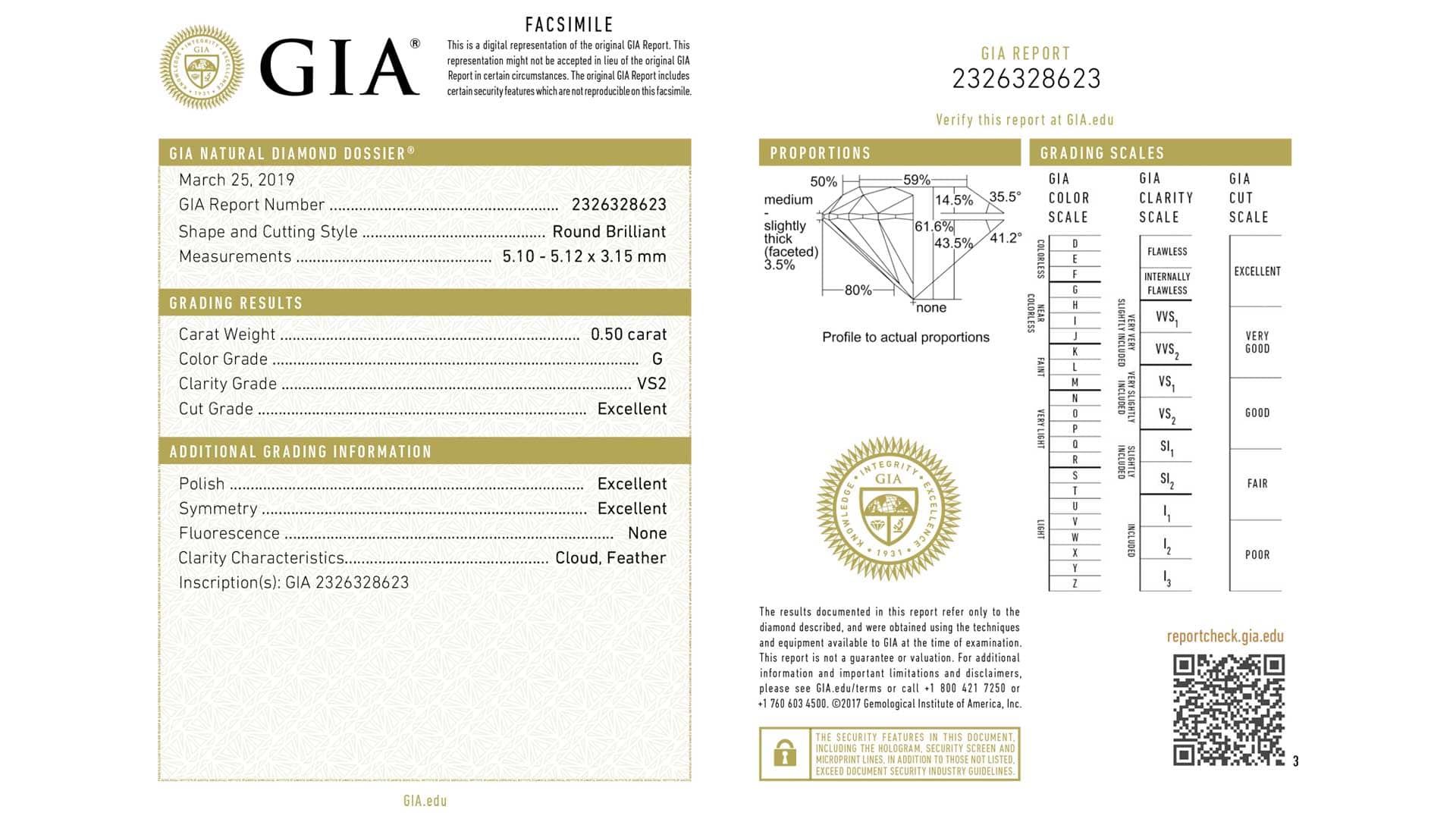
However, a study by the renowned Gemological Institute of America (GIA), based on more than 26,000 randomly selected diamonds (random sample), showed that, under normal light conditions
1 - the average observer could not distinguish diamonds with or without fluorescence
2 - professionals did not agree on the effect of fluorescence from one stone to another
3 - in lots of stones of the same color, observers preferred diamonds with fluorescence, they look whiter.
And the GIA concludes: these observations confirm the experience of ten years of grading for millions of diamonds. Fluorescence has no significant effect on transparency and a rather favorable effect on color, including for high color (DEFG).
Only some diamonds, the so-called 'overblue' have an extremely strong fluorescence and appear milky and less transparent. These diamonds should be avoided. Note that in the 26010 randomly selected diamonds there were not enough to be included statistically in the study. These cases are therefore rare.
What is diamond fluorescence ?
This is a luminous effect that some diamonds exhibit when exposed to ultraviolet light. They emit a visible light, usually blue.
The effect is similar to that of a white shirt at a nightclub. Turn off the UV, and there is no effect. Same for diamonds, no UV, no effect.
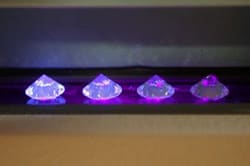
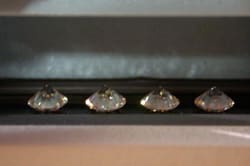
More scientific
All matter is made of atoms. Atoms consist of a nucleus surrounded by electrons. These electrons can draw energy from other sources (energy from heat, light...). Absorbing UV light causes an electron to switch from its initial low energy state (ground state) to a temporary higher energy state (excited). It is when this additional energy is returned, when the electron returns to its initial state, that the diamond emits the luminous effect called fluorescence. It is the sub-microscopic structures, called "luminescence centers", containing the presence of atoms foreign to diamond, such as boron, that produce the fluorescence effect. It is wrong to say that non-fluorescent diamonds are "purer" than fluorescent diamonds. They also contain sub-microscopic structures but do not produce the fluorescence effect.
Percentage of fluorescent diamonds
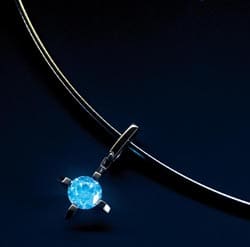
In the GIA study sample of 26010 randomly selected diamonds, 65% had no fluorescence. Of the 35% with fluorescence, 38% had "weak" fluorescence, the rest (62%) had "medium" or "strong" fluorescence.
The "strong" ones, those unloved ones.
Strong Fluorescence. The term, the concept, should rather seduce, a strong love ...
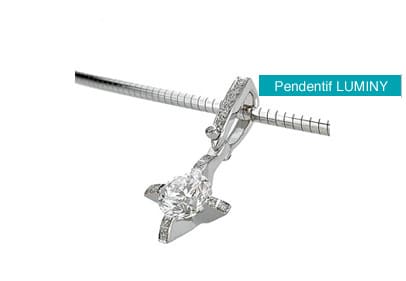
The rarity of these diamonds should also appeal. Very pure diamonds, IF and other VVS have very high prices because these high degrees of purity are rare in nature. Ditto for the very high colors, the DEF ...
Then to be able to see your diamond in a nightclub, isn't it more exciting (like the electron that gets excited) or even reassuring?
The disaffection is rather the result of false beliefs. But it's up to you to tell us your preference, to meet the current demand we mostly display diamonds without fluorescence.
Classification scale (GIA):
"none" : no fluorescence
"very slight" : very little fluorescence
"slight" or "faint" : little fluorescence
"medium" : medium fluorescence
"strong" : strong fluorescence.
"very strong" : very strong fluorescence
You can find the classification of your diamond on its certificate in the mention "fluorescence" (at the bottom on the GIA certificates).